Navigating the roads of El Paso, Texas, requires a clear understanding of right-of-way rules to ensure safety and prevent accidents. Right-of-way laws dictate who has the legal authority to proceed first in various traffic situations. Adhering to these rules is essential for all road users, including drivers, pedestrians, and cyclists.
1. Intersections Without Traffic Signals or Signs
At intersections lacking traffic control devices (such as stop signs or traffic lights), the general rule is:
- Yield to the Right: Drivers must yield to vehicles approaching from their right. This means if you arrive at an intersection simultaneously with another vehicle, the driver on your right has the right of way.
2. Intersections with Stop Signs
When approaching an intersection with a stop sign:
- First to Stop, First to Go: The first vehicle to come to a complete stop at the intersection has the right of way. If multiple vehicles arrive simultaneously, the vehicle on the right proceeds first.
3. Intersections with Yield Signs
At intersections marked with a yield sign:
- Yield to Oncoming Traffic: Drivers must slow down and yield to vehicles approaching from the opposite direction that are close enough to pose a hazard. If no vehicles are approaching, you may proceed without stopping.
4. Pedestrian Crosswalks
Pedestrian safety is paramount:
- Yield to Pedestrians: Drivers must yield the right of way to pedestrians in crosswalks, whether marked or unmarked. This rule applies even if the pedestrian is not following traffic signals.
5. Emergency Vehicles
When emergency vehicles are present:
- Pull Over and Stop: Upon hearing sirens or seeing flashing lights, drivers must pull over to the right side of the road and stop, allowing the emergency vehicle to pass. Do not stop in the middle of an intersection.
6. Roundabouts
Navigating roundabouts requires specific attention:
- Yield to Traffic in the Roundabout: Vehicles inside the roundabout have the right of way. Approaching drivers must yield to traffic already circulating.
7. School Zones
In school zones:
- Yield to School Children: When a school crossing guard is present or when children are crossing, drivers must yield and proceed with caution.
8. Private Roads and Driveways
Exiting private property:
- Yield to Public Road Traffic: When entering a public road from a private driveway, alley, or private road, drivers must yield to all traffic on the public road. thedoanlawfirm.com
9. Merging onto Highways
When merging onto a highway:
- Yield to Highway Traffic: Drivers entering a highway must yield to vehicles already on the highway, adjusting speed to merge safely.
10. Railroad Crossings
Approaching railroad tracks:
- Yield to Trains: Always yield to trains at railroad crossings. Never attempt to cross if a train is approaching or if signals are active.
11. Left Turns
Making a left turn:
- Yield to Oncoming Traffic: When turning left, yield to oncoming vehicles and pedestrians in the crosswalk.
12. Uncontrolled Intersections
At intersections without any traffic control devices:
- Yield to Vehicles Already in the Intersection: If another vehicle is already in the intersection, yield to them. If both arrive simultaneously, yield to the vehicle on your right.
13. U-Turns
Executing a U-turn:
- Yield to All Traffic: Before making a U-turn, ensure the maneuver can be completed safely without interfering with other traffic.
14. Bicyclists
Sharing the road with cyclists:
- Yield to Bicyclists in Crosswalks: When a bicyclist is in a crosswalk, yield to them as you would to pedestrians.
15. Traffic Signals
Understanding traffic signals:
- Red Light: Stop and wait for the green light.
- Green Light: Proceed, yielding to pedestrians and vehicles already in the intersection.
- Yellow Light: Prepare to stop; do not accelerate to beat the light.
16. Construction Zones
In construction areas:
- Yield to Construction Workers: Always follow posted signs and yield to workers and equipment in the area.
17. Parking Lots
Navigating parking lots:
- Yield to Pedestrians: Always yield to pedestrians in parking lots, even if they are not in crosswalks.
18. Blind Intersections
Approaching blind intersections:
- Proceed with Caution: Slow down and be prepared to stop, as visibility may be limited.
19. T-Intersections
At T-intersections:
- Yield to Through Traffic: If you are on the road that ends, yield to traffic on the continuing road.
20. Traffic Circles
Navigating traffic circles:
- Yield to Traffic in the Circle: Vehicles inside the circle have the right of way.
Conclusion
Understanding and adhering to right-of-way rules in El Paso is crucial for maintaining road safety and preventing accidents. Drivers, pedestrians, and cyclists must be vigilant and courteous, ensuring they yield appropriately in various traffic situations. For more detailed information, refer to the Texas Transportation Code and local El Paso ordinances.
Disclaimer – Our editorial team has thoroughly fact-checked this article to ensure its accuracy and eliminate any potential misinformation. We are dedicated to upholding the highest standards of integrity in our content.






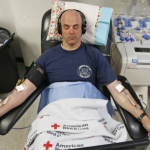

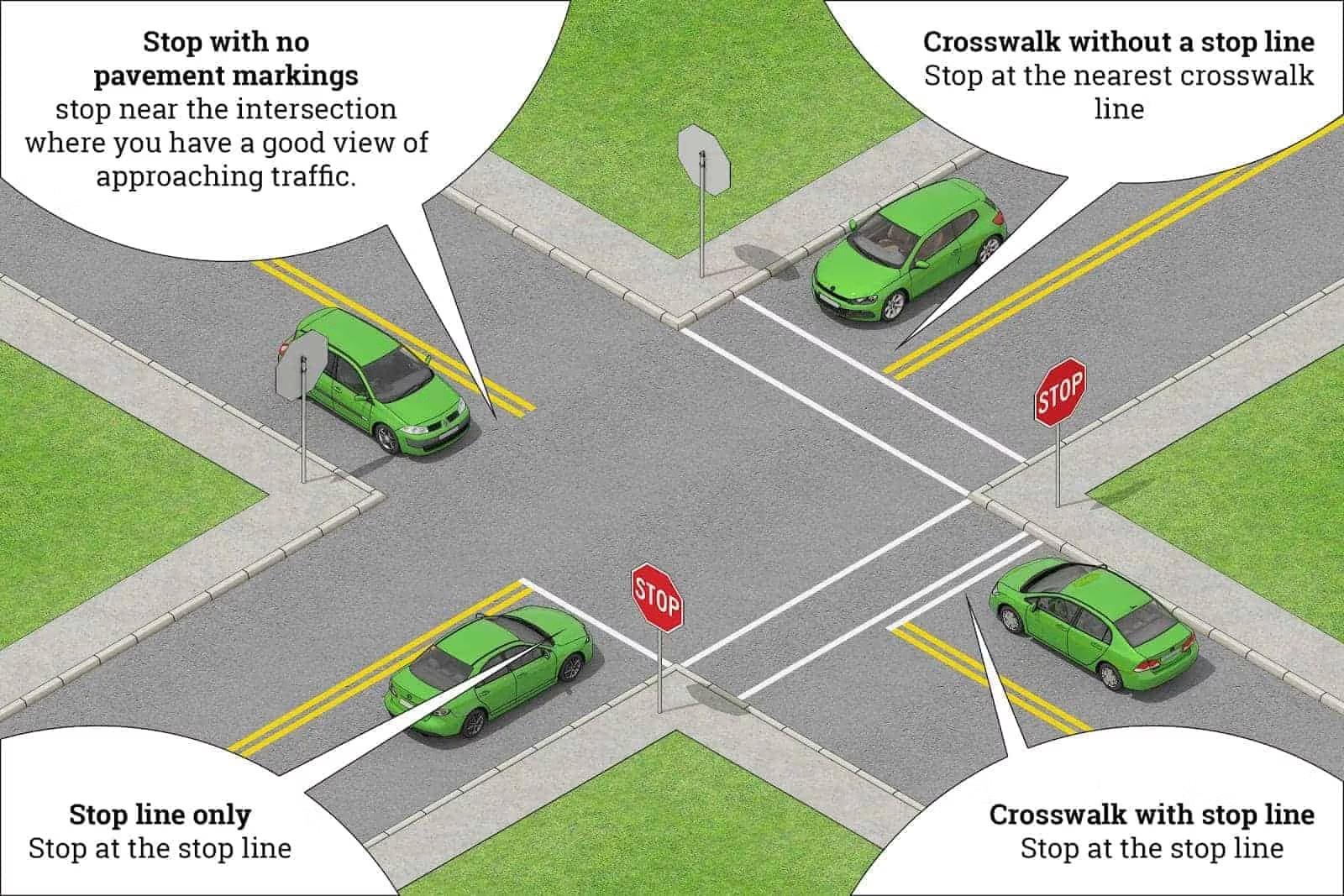



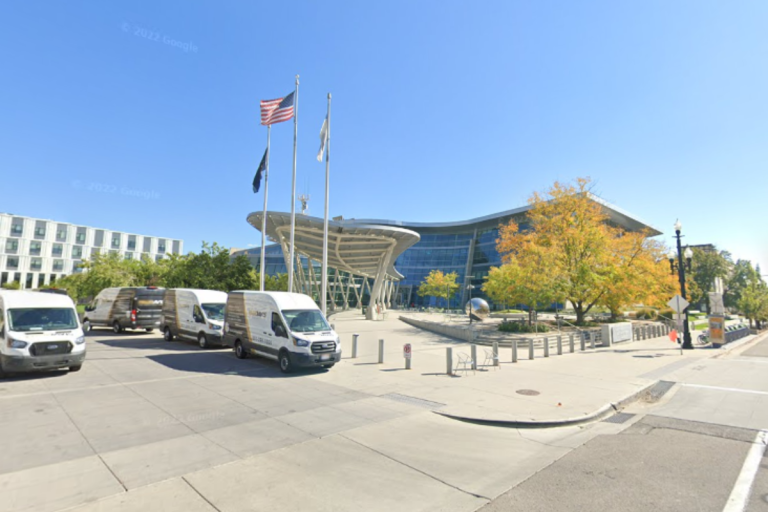
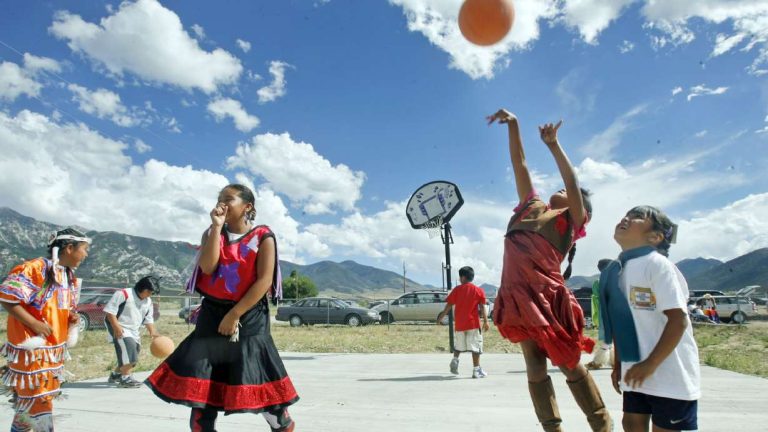


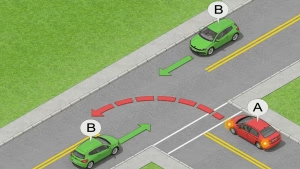








+ There are no comments
Add yours